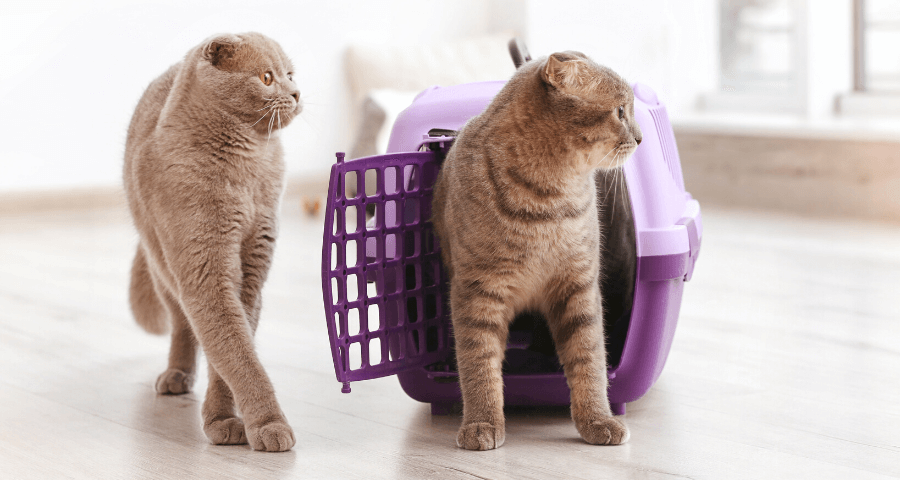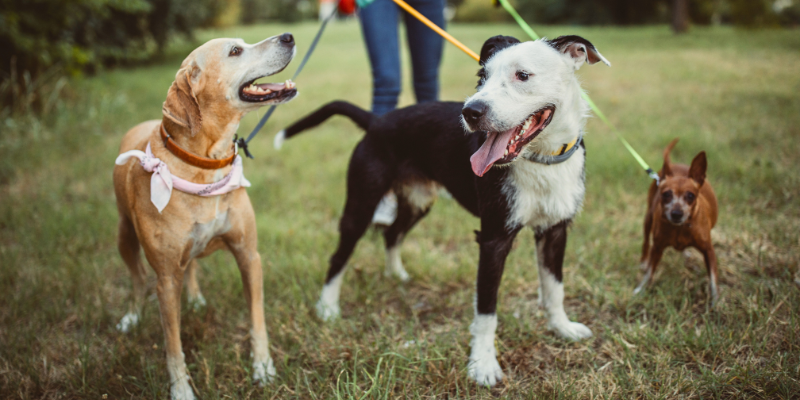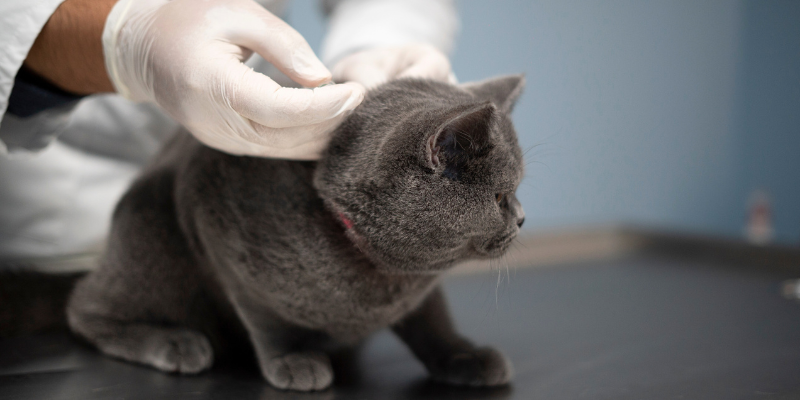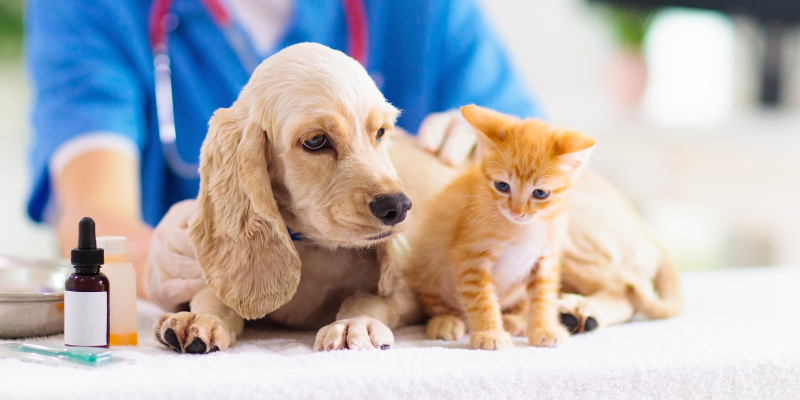[et_pb_section fb_built=”1″ _builder_version=”3.22″ custom_padding=”0px|||||”][et_pb_row _builder_version=”3.25″ background_size=”initial” background_position=”top_left” background_repeat=”repeat”][et_pb_column type=”4_4″ _builder_version=”3.25″ custom_padding=”|||” custom_padding__hover=”|||”][et_pb_text _builder_version=”3.27.4″ background_size=”initial” background_position=”top_left” background_repeat=”repeat”]
It’s a question we field frequently: “Does my pet need to see the vet?” It can sometimes be hard to know which injuries or illnesses can be managed at home, and which require a veterinary consultation or more urgent veterinary care.
Which symptoms suggest urgent care is required?
As a general guide, your pet should be seen urgently if they are showing any of the following symptoms:
- Difficulty breathing
- Difficulty passing urine
- Bloody or profuse vomiting or diarrhoea
- Extreme listlessness
- Collapsing or seizures
- Sudden painful belly bloating
- Steady bleeding
- Severe pain not settling within a few minutes
- Sudden wobbliness or weakness
Unwellness in very young animals, or older animals with other health problems (e.g. diabetes, heart disease), should also be diagnosed and treated as soon as possible. These animals have reduced immune system capacity, and can also develop dangerous dehydration or low blood sugar levels more rapidly than a healthy adult animal would.
If you suspect your pet has eaten something they shouldn’t have, such as an object that could get stuck (e.g. a ball) or a potential toxin (e.g. rat bait, chocolate, human medicine), it’s important to phone us ASAP and let us know what your pet has consumed.
If possible, it helps to have the packet of any potential toxins close-to-hand, so you can let us know the exact ingredients. If what your pet has eaten is potentially harmful, we will advise that they’re brought into us as soon as possible. Successful treatment for some toxins can be time-dependent, so it’s best not to “wait and see”.
What should I do if my animal requires emergency care?
If you do need to bring your pet to us urgently, it helps to give us a phone call prior to your arrival, if possible. This way we can prepare our staff and equipment for your pet, so we can start treatment as soon as possible.
Remove any available food and water from your pet whilst you ready them for travel, in case they require sedation or an anaesthetic for treatment.
If your pet has any steadily bleeding wounds, you can perform basic first aid to slow blood flow whilst travelling to the clinic:
- For limb or tail wounds, you can either wrap the area with bandage material (if you have it) or place a clean, folded face-washer over the wound and then wrap cling-film around. Ensure you can still get a finger underneath any bandages or wraps, so they’re not too tight.
- For body wounds, place a clean towel over the wound, and apply steady pressure for 4-5 minutes. Limit your pet’s movement and excitement.
If your pet is in pain, handle them carefully, as they may lash out uncharacteristically. Sometimes it’s best to bundle them in a thick blanket or quilt before you attempt to move them. Wherever possible, try to secure pets safely in the car, with cats and small dogs in carry cages and larger dogs wearing seat belt harnesses.
If you’re unsure about the care required for your pet’s unwellness or injury, please don’t hesitate to give us a call. There are no “silly” questions or concerns – like you, we’d always prefer to ensure that your pet is safe, comfortable and well!
[/et_pb_text][/et_pb_column][/et_pb_row][/et_pb_section]






